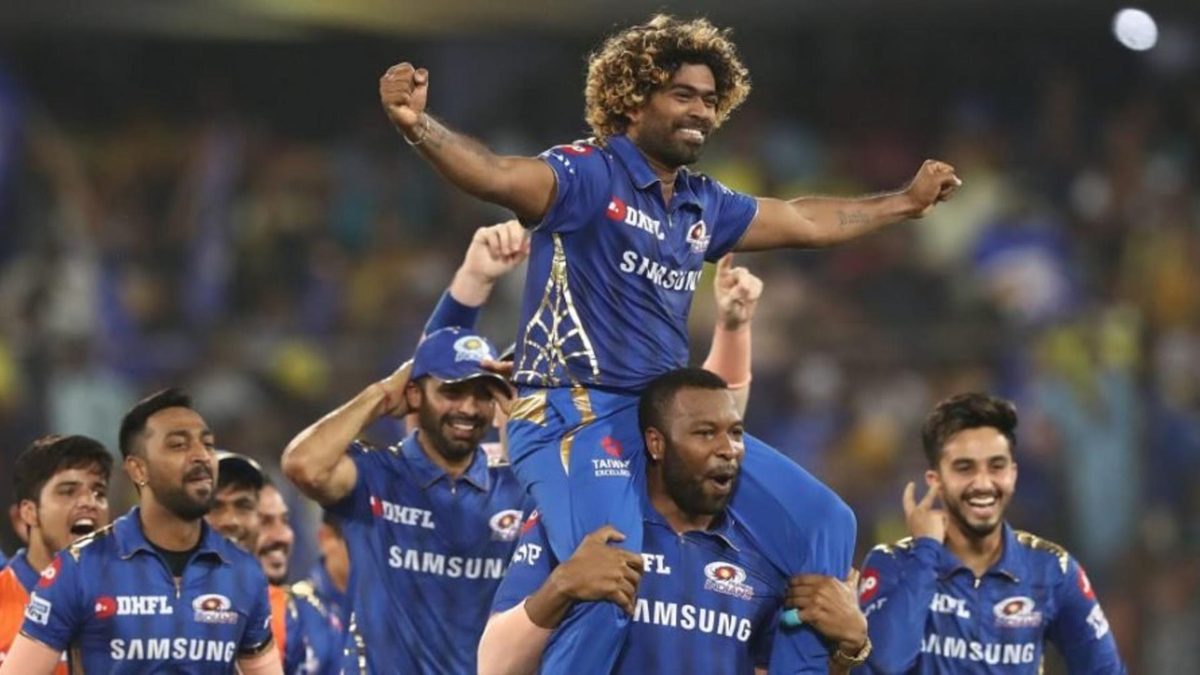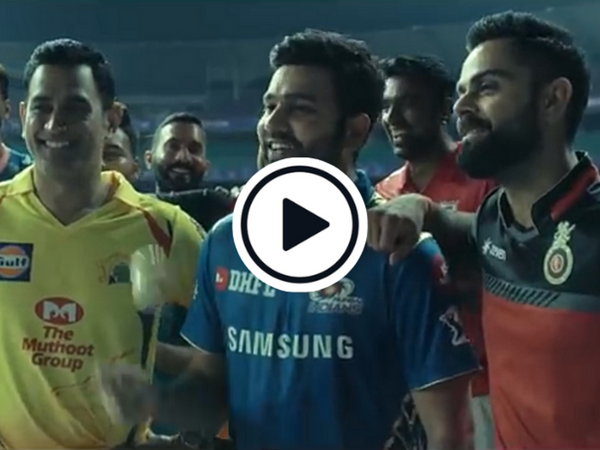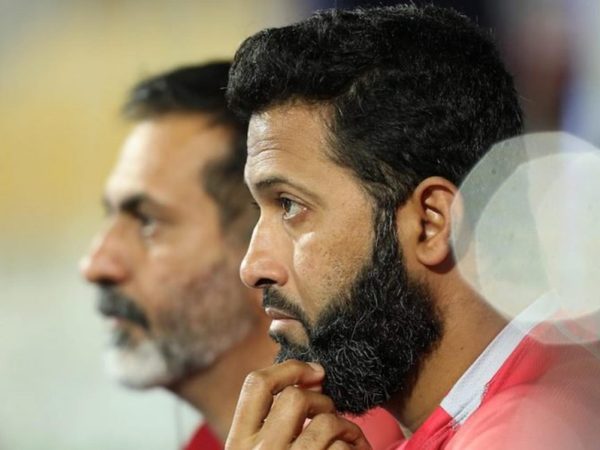
The trading window for the 2020 Indian Premier League has now officially ended, closing a bustling period of activity. Akshay Gopalakrishnan takes us through the big takeaways and what they mean for the auction, which will take place on December 19.
In all, 71 players were released by the eight franchises. Royal Challengers Bangalore were the most aggressive on that front, letting go of 12 players, followed by Kolkata Knight Riders and Rajasthan Royals (11 each), while Sunrisers Hyderabad retained the bulk of their squad, releasing just five players.
The trading window is a prelude to the main auction for the 2020 season that takes place with little less than a month to go. A total of INR 207.65 crore (£22.5 million approx.) will be available for spending, with 73 slots available to be filled.
🚨ALERT🚨: VIVO IPL 2020 Player Contract extensions announced. 127 players, including 35 overseas cricketers retained by the 8 franchises. #IPLAuction to be held on 19th December in Kolkata.
Details of Players Retained and Released – https://t.co/I0KsAgMCQt pic.twitter.com/W5uUcOFt7y
— IndianPremierLeague (@IPL) November 15, 2019
Value for money
The message has been loud and clear. It doesn’t matter if you’re a T20 superstar, say Chris Lynn or Chris Morris, or a domestic player with a world of promise like Varun Chakravarthy and Jaydev Unadkat: if you don’t deliver, it’s time to go. Lynn, Unadkat and Chakravarthy were the three most expensive purchases at the last two auctions. But between them, they have each failed to live up to their price tag and have severely underperformed.
Between Lynn (INR 9.6 crore), Chakravarthy and Unadkat (INR 8.4 crore each), Knight Riders, Kings XI Punjab and Rajasthan Royals have freed up INR 26.4 crore.
Which side is best placed heading into the IPL auction?https://t.co/vN9x6KX0O2
— Wisden (@WisdenCricket) November 16, 2019
End of the road?
On paper, Morris is a dream T20 player to have in your ranks. He gives his captain four overs, has the knack of picking up wickets in the slog overs, and can strike the ball long and clean. All that in addition to being a safe fielder. It was on the basis of these credentials that in 2018, he was retained by the Capitals for INR 11 crore. But 32 runs in six innings, at a strike-rate of 86.48, and an economy rate of 9.27 – the highest for any Capitals bowler to have sent down more than ten overs in the season – was a poor way of repaying that faith.
Likewise, word is that Knight Riders team management has for long been unimpressed with their two senior players Robin Uthappa and Piyush Chawla. While Uthappa was average at best, making 282 runs in 11 outings, striking the ball at 115, in 2019, Chawla was downright shoddy, averaging nearly 40 per scalp and giving away runs at 8.96 an over.
🚨 SQUAD UPDATE 🚨
Here are the stars who will come back to #RoarMacha in #IPL2020 🤩
Dilliwalon, how excited are you for the summer? 😁#ThisIsNewDelhi #DelhiCapitals pic.twitter.com/KLdZUsSQTA
— Delhi Capitals (@DelhiCapitals) November 15, 2019
Also seemingly having run out of rope is South Africa’s David Miller, whose ball-striking abilities have been on the wane for a long time now. Miller’s IPL 2019 yielded one half-century in ten outings, and his strike-rate of 129.87 and average of 26.62 were nothing to sit up and take notice of.
At a time when franchises are leaning towards young performers who bring in an element of mystery, the fact that all of these players are 30 and above raises questions about their future. That’s not to say that experience is not a valued asset in the shortest format, but none of this lot has the credentials and proven track record of a Chris Gayle or Sunil Narine. So even if they do find takers, expect a sharp reduction in their bargaining value.
Starting afresh
It’s no coincidence that two of the three franchises that released the maximum number of players occupied the bottom two spots on the IPL 2019 table. Royal Challengers Bangalore have responded to their disastrous 2019 season by offloading as many as 12 players. That is in addition to wholesale changes to their coaching and management staff, with New Zealander Mike Hesson taking over as director of cricket, and Australia’s Simon Katich being named head coach.
Retained 13 for IPL 13:
Negi, Gurkeerat, Parthiv, Moeen, Chahal, ABD, Virat, Washi, Umesh, Saini, Siraj, Dube, Devdutt. pic.twitter.com/t7Pi7rvreL
— Royal Challengers Bengaluru (@RCBTweets) November 15, 2019
As things stand, the core of the franchise has been reduced to captain Virat Kohli, AB de Villiers and Moeen Ali, the latter two of whom are also the only overseas players. The upside of this massive offloading is that it gives the management a chance to restrategise and make well-thought-out buying decisions at the auction that address some of the past issues that have plagued them, such as the absence of a fast-bowling core – which becomes especially important on the seaming M Chinnaswamy Stadium track that actually showed signs of quickening up in the second innings this season – and a top-heavy batting order, centred around Kohli and de Villiers.
Royals have ended a long association with Ajinkya Rahane, who captained them across multiple seasons, and traded him for the leg-spinning duo of Rahul Tewatia and Mayank Markande. They now need a fresh face in the top order to join England’s Jos Buttler and Kerala wicketkeeper Sanju Samson.
NEWS📰: After 100 games with Rajasthan Royals @ajinkyarahane88 moves to @DelhiCapitals. @MarkandeMayank and Rahul Tewatia traded to @rajasthanroyals
Details – https://t.co/9iq0qu46Bd pic.twitter.com/qvjBKUPmzQ
— IndianPremierLeague (@IPL) November 14, 2019
Mumbai have surprisingly released 10 players despite winning the title for a record fourth time this season, but their core of Rohit Sharma, the Pandya brothers, Jasprit Bumrah, Kieron Pollard and Lasith Malinga remains the same. Trent Boult’s arrival from Capitals adds an element of intrigue to the new-ball attack as he will now compete with Lasith Malinga to form a prolific partnership with the dynamic Jasprit Bumrah.
What next
The big auction! All eyes will be on RCB, who, despite having the maximum number of slots to fill out, don’t have the biggest purse remaining. That luxury goes to Kings XI Punjab, who have INR 42.70 crore left to fill out nine slots. That means a healthy average of INR 4.74 crore to spend per player. RCB, by contrast, have an average of INR 2.32 crore to spend on one player. How they deal with that, especially to rebuild their overseas faction, is something to watch out for.
Here’s a look at how the franchises stack up ahead of the auction:
| Franchise | No of Players | No of Overseas Players | Total money spent (Rs.) | Salary cap available (Rs.) | Available Slots | Overseas Slots |
| CSK | 20 | 6 | 70.40 cr | 14.60 cr | 5 | 2 |
| DC | 14 | 3 | 57.15 cr | 27.85 cr | 11 | 5 |
| KXIP | 16 | 4 | 42.30 cr | 42.70 cr | 9 | 4 |
| KKR | 14 | 4 | 49.35 cr | 35.65 cr | 11 | 4 |
| MI | 18 | 6 | 71.95 cr | 13.05 cr | 7 | 2 |
| RR | 14 | 4 | 56.10 cr | 28.90 cr | 11 | 4 |
| RCB | 13 | 2 | 57.10 cr | 27.90 cr | 12 | 6 |
| SRH | 18 | 6 | 68.00 cr | 17.00 cr | 7 | 2 |
| Total | 127 | 35 | 472.35 cr | 207.65 cr | 73 | 29 |








